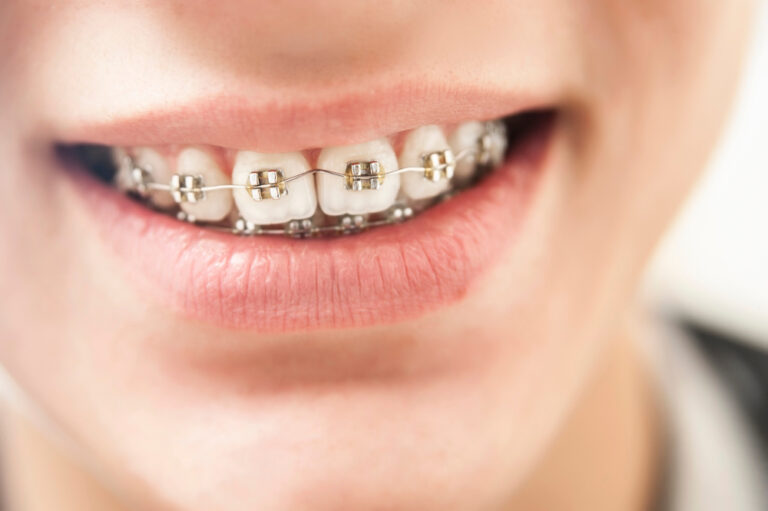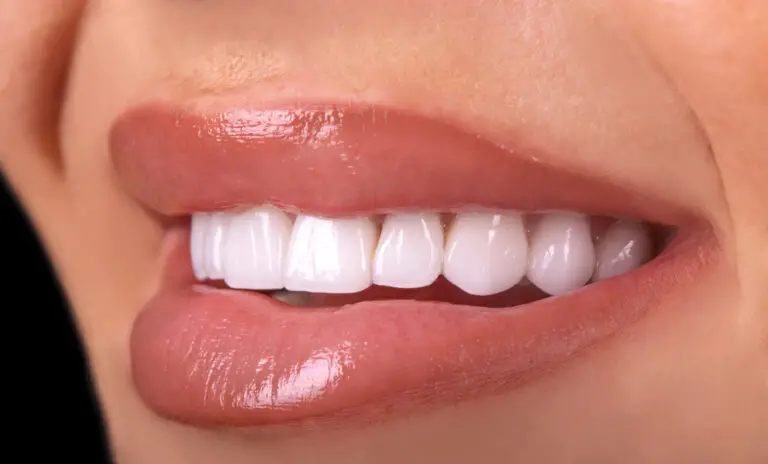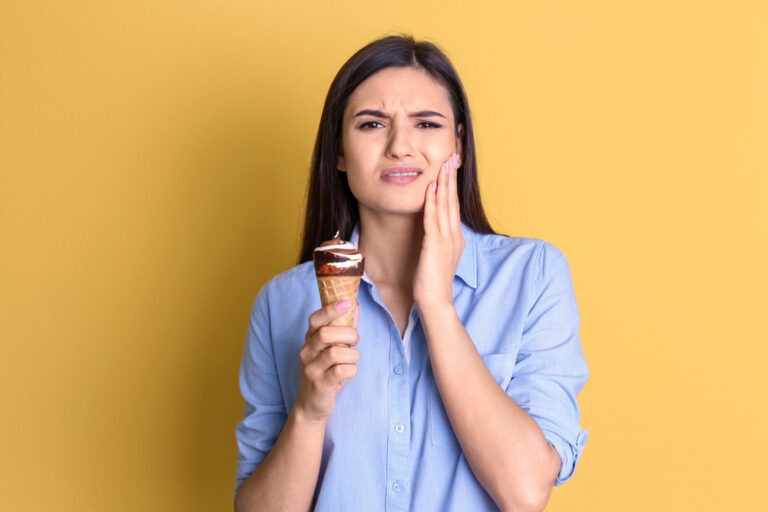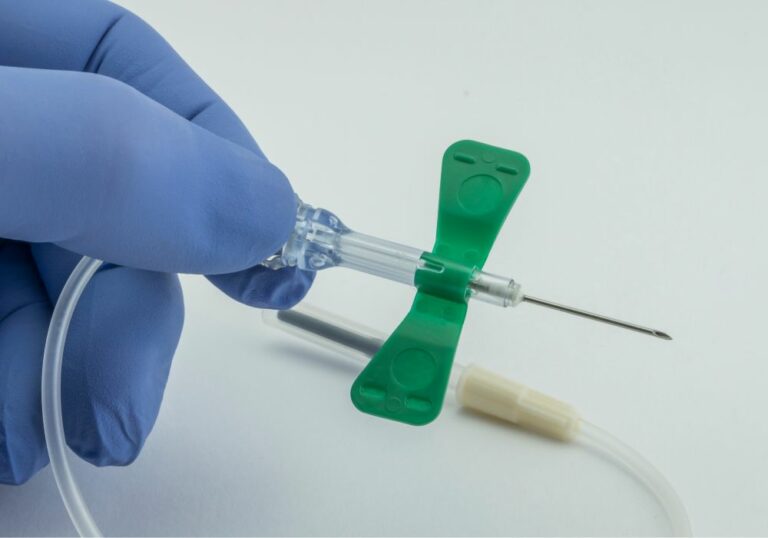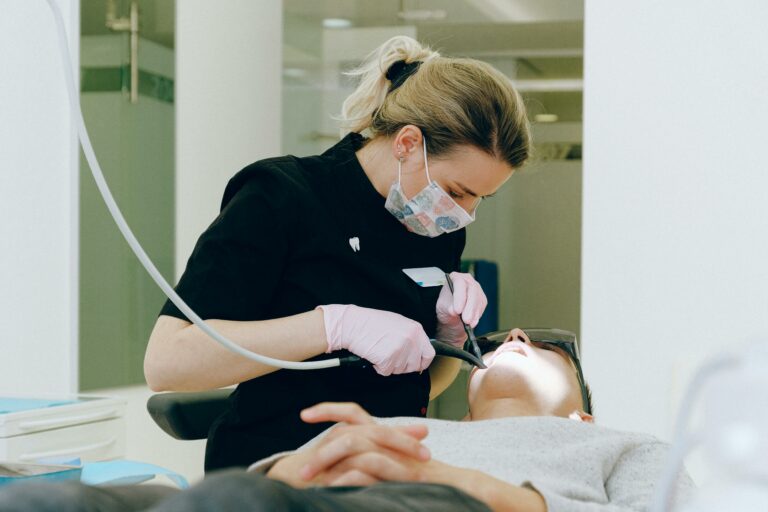Having a straight, aligned set of teeth is important not only for an attractive appearance, but also for proper biting, chewing, and speaking. After years of braces or if you’ve always had naturally straight teeth, noticing your teeth shifting out of place can be alarming. Why does this happen and what options do you have to fix it?
Common causes of sudden tooth movement
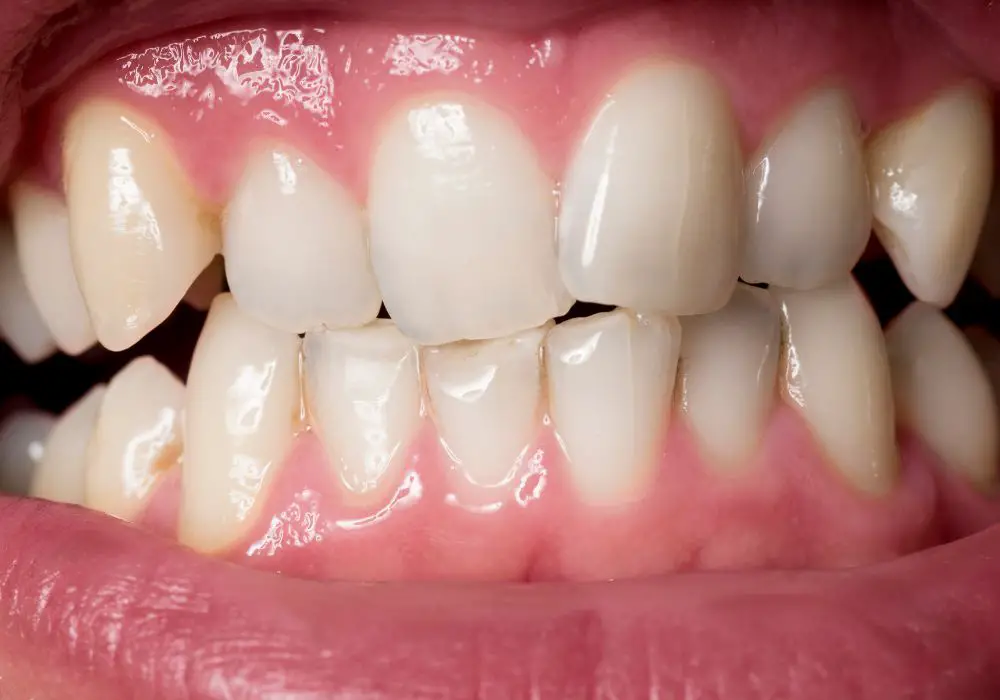
Teeth moving out of position may occur for various reasons, even after orthodontic treatment or having always had proper alignment.
Tooth loss
When you lose a permanent tooth, the surrounding teeth can begin to tilt or drift into the empty space. This is because teeth are held firmly in their position by the forces created when teeth push up against each other. When a tooth is lost, that anchoring pressure is lost with it.
Front teeth drifting
As we age, it’s extremely common to lose some of our front incisor teeth. Missing incisors removes the pressure against neighboring teeth, allowing them to tip or drift forward into the gap. This can create spacing or flaring of the front teeth.
Back teeth tilting
Losing one or more molars (back teeth) often causes the remaining molars to tilt or drift sideways into the open space. Tilted molars begin to extend beyond their normal position, allowing the teeth above and below to over-erupt.
Periodontal disease
Periodontal (gum) disease results from buildup of plaque bacteria on the teeth. As the infection progresses, it damages the tissues holding the teeth in place – the gums, periodontal ligament, and jawbone. With deterioration of the support structures, teeth loosen and begin to noticeably shift and drift.
Dental work
Major dental work like crowns, bridges, dental implants, or extracting wisdom teeth can put excessive stress on nearby teeth over time. Following these procedures, nearby teeth may slowly drift from the pressure.
Habits applying pressure
Consistent pressure on the teeth from oral habits like nail biting, teeth clenching or grinding, and chewing on hard items like ice or pens can cause gradual tooth movement. Tongue thrusting or finger sucking can also push front teeth forward and out of place.
Hormonal fluctuations
Hormonal changes during puberty and pregnancy can affect tissues in the mouth, causing the periodontal ligament to loosen and teeth to become mobile. Excessive vomiting from morning sickness also exposes teeth to stomach acid, potentially damaging tooth enamel and gums.
Other uncommon causes
Less common causes of dental shifts include:
- Clenching or grinding due to stress and anxiety
- Dental injuries, trauma
- Inflammation or tumors disrupting the jawline
- Orthodontic relapse after loss or breakage of retainers
- Poor long-term retainer wear
- An underlying connective tissue disorder
- Certain medications like Dilantin that affect gum tissues
- Thumb sucking or tongue thrusting habits
Contributing factors
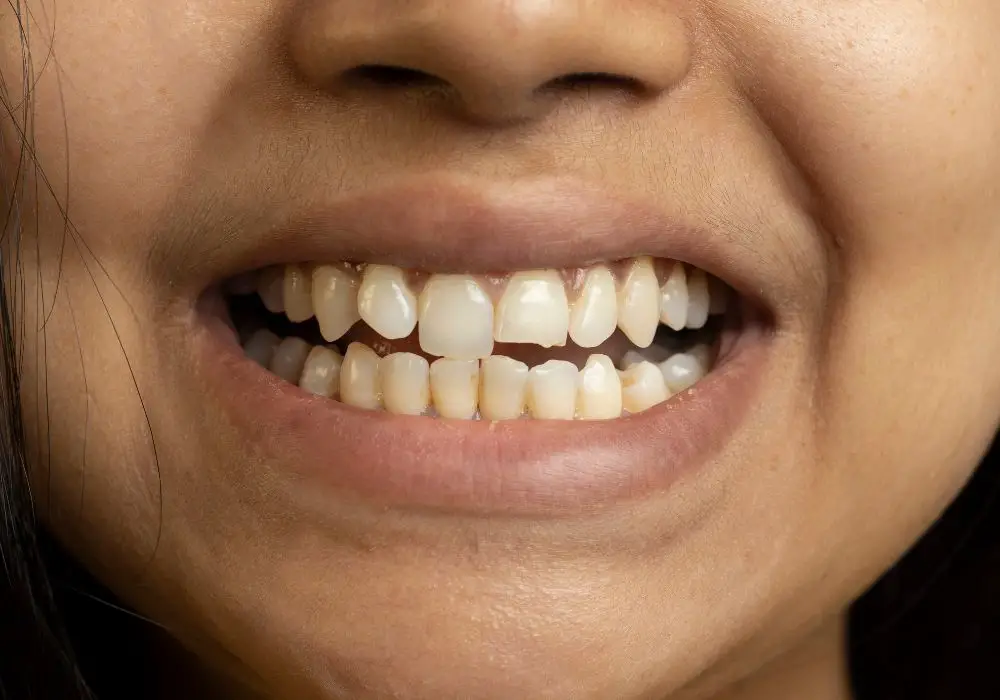
Certain factors can make someone more prone to noticeable tooth movement:
Previous orthodontic treatment
Teeth have a higher likelihood of shifting after braces or clear aligner treatment. After orthodontic forces move the teeth, they have a tendency to relapse or return to their original crooked/crowded position if retainers are not worn as directed.
Age
As we age, our teeth are more likely to shift due to receding gums, bone loss, excess tooth wear, and other natural oral health changes. Older restorations like fillings and dental work can also weaken and deteriorate over decades of use.
General health conditions
Diseases that affect connective tissues, bones and hormones such as diabetes, autoimmune disorders, and hormonal changes can increase the speed and severity of tooth movement. Those with chronic health conditions need to be extra vigilant about wearing retainers.
Genetics
Some individuals seem inherently prone to crowded, crooked, or irregularly spaced teeth. This is largely attributed to small jaw size and other natural variances in facial bone structure and growth. Braces can correct alignment, but the predisposition remains.
Signs your teeth have shifted
How can you recognize possible tooth movement? Look for these telltale signs:
- Gaps or spaces appearing between teeth that were not there before
- Teeth looking more overlapped or crooked than their original aligned position
- Changes in your bite – how the top and bottom teeth fit together when closing
- Difficulty fitting in retainers or appliances due to misalignment
- Feeling one or more loose teeth
- Tooth pain or discomfort when eating, biting or closing
- Asymmetrical appearance of teeth and smile – midline shifts
- Food trapping between teeth that didn’t previously
Potential impacts of shifted teeth
While subtle tooth shifting early on may not be problematic, more pronounced long-term drifting can lead to:
- Tooth decay – Shifts can leave pockets and gaps where plaque and bacteria accumulate, increasing decay risk.
- Gum disease – Crowded, shifted teeth can be hard to keep plaque-free, raising chances of gum infection and bone loss.
- Additional shifting – Moving teeth rarely correct themselves, and often drift further over time.
- Bone loss – Abnormal pressures from shifted teeth can destroy jawbone.
- Tooth fractures – Biting becomes imbalanced, which may crack or chip teeth.
- Bite issues – Changes in tooth position affect proper chewing and bite alignment.
- TMJ disorders – Jaw pain, clicking, and difficulty opening or closing.
- Speech impairment – Difficulty pronouncing certain words due to bite changes.
- Smile esthetics – Gaps, overlapping teeth, and asymmetry affect smile appearance.
- Facial profile – Severe bite collapse due to shifts can cause facial profile changes.
What to do about shifted teeth
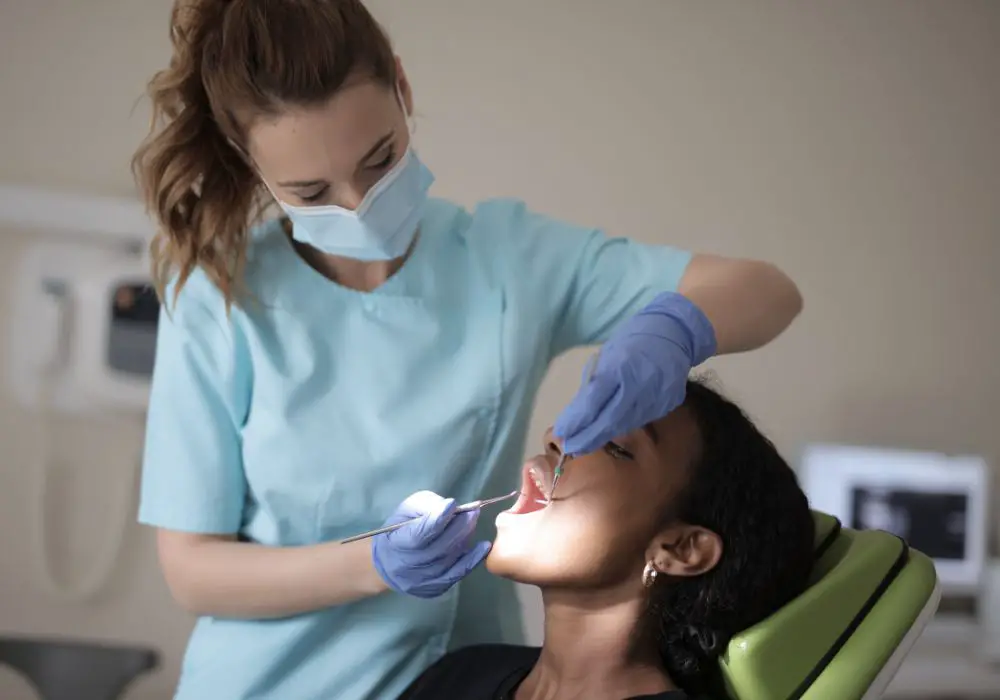
If you notice your teeth beginning to drift out of alignment, quick action is key to prevent further movement:
See your general dentist
Make an appointment for an exam with your dentist. They can diagnose the cause and extent of the problem. X-rays or dental impressions may be ordered to investigate further.
Address the underlying cause
Your dentist can help treat or resolve any contributing factors leading to the shifts, such as gum disease, teeth grinding, missing teeth, or ill-fitting dental work.
Consider orthodontic treatment
If multiple teeth are involved, your dentist may refer you to an orthodontist. They can realign shifted teeth with clear aligner therapy, retainers, or traditional fixed braces.
Look into restorative solutions
For cases with severe tipping or misalignment, dental implants, bridges, crowns, or tooth extraction and replacement may be required to restore proper positioning.
Optimize at-home oral hygiene
Be meticulous about daily brushing and flossing to keep teeth and gums healthy. Use fluoride rinses or prescription strength toothpaste to strengthen enamel. Wear retainers or other appliances exactly as advised.
Tips to prevent tooth shifting
To maintain properly aligned teeth over the long term:
- Wear retainers consistently as directed after braces
- Get professional cleanings every 6 months and regular dental exams
- Have any gum disease treated promptly to avoid bone loss
- Protect teeth from excessive grinding and clenching (night guard, stress management techniques)
- Limit consumption of acidic and sugary foods and beverages, which weaken enamel
- Quit smoking and other tobacco use – a major risk factor for multiple dental problems
With early intervention for changes, minor tooth drifting may be reversible. But extensive treatment is often required if shifts are left unchecked long term. By proactively protecting your oral health and wearing retainers as prescribed, you can keep your teeth stable and in their ideal position.
FAQs
Here are answers to some common questions about sudden tooth shifting:
How fast can teeth begin to shift?
Teeth can shift surprisingly quickly – often within several weeks for minor movement, while more pronounced drifting or tilting may occur in just 1-2 months without intervention.
Can clear aligners like Invisalign fix shifted teeth?
Yes, clear aligners can be effective at realigning mildly to moderately shifted teeth. More severe tooth movement usually requires comprehensive orthodontics with braces and wires.
Can severely shifted teeth ever go fully back into place?
If addressed early, mildly shifted teeth often move back into proper alignment with light orthodontic forces or retainers. But the more time that passes, the harder correcting severe shifts becomes. Prompt action gives the best outcome.
Do my shifted teeth definitely mean I have gum disease?
Not always – though gum disease is a frequent cause. Shifts may also result from teeth grinding, lost teeth, poor orthodontic retention, etc. Have your dentist examine your gums and teeth.
Should I consult an additional orthodontist for a second opinion on treating shifted teeth?
Getting a second opinion is usually wise if an orthodontist recommends invasive, expensive or intensive treatment. Another expert may suggest less aggressive realignment options.
Conclusion
Noticing unwelcome changes in your tooth alignment can be worrying. In many situations, early intervention can successfully reposition shifted teeth. Work closely with your dentist and orthodontist to find the ideal treatment approach based on what’s causing the movement and the extent of shifting. Acting quickly gives you the best chance of restoring your teeth and smile to their original aligned state.


